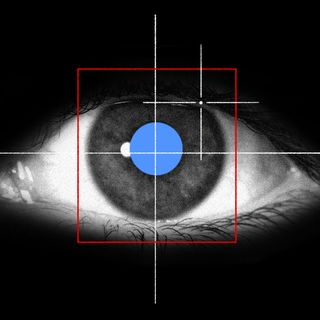Scientists have discovered a protein that could form the basis for developing a rapid, minimally invasive blood test for early diagnosis of schizophrenia.
Called CRMP2, the protein, found in both the brain and the blood, affects neural connections in human brains.
Published in Proceedings of the National Academy of Sciences yesterday, the study found that the active, non-phosphorylated form of this protein is balanced by its inactive, phosphorylated form in the human brain tissue and blood. However, for a person with schizophrenia, the amount of active CRMP2 was extremely high and not balanced by a corresponding amount of inactive CRMP2 — according to the researchers, dysfunctions in neural connections may have something to do with this imbalance.
“CRMP2 also happens to be expressed in lymphocytes in the blood and can therefore be readily sampled in people by doing nothing more than a simple venipuncture [i.e., collecting blood from a vein],” said Dr. Evan Snyder, director of the Center for Stem Cells and Regenerative Medicine at Sanford Burnham Prebys in the U.S., and co-author of the study. “Our results were most striking in people under the age of 40, and even more so in people under the age of 30,” he explained.
Experts note an early diagnosis of schizophrenia is critical so that treatment and interventions can begin as soon as possible. “With delay in effective treatment, patients may be at increased risk for brain volume loss with adverse implications for long-term treatment outcomes,” a 2007 study notes.
“Pairing a blood test with psychiatric and neurobehavioral exams could help doctors distinguish schizophrenia from other conditions that have somewhat similar symptomologies, such as the manic phase of bipolar disorder or other behavioral, personality, or thought disorders,” Snyder said.
Related on The Swaddle:
World’s First Biomarker Test for Depression, Bipolar Disorder Is in the Works
Owing to the importance of an early diagnosis, another recent study, published in the Journal of Abnormal Psychology, also attempted to identify early indicators that could predict whether an individual will go on to develop schizophrenia. The researchers studied almost 200 individuals with no prior history of psychosis (a symptom of schizophrenia) twice — first in their early adulthood; then in their mid-thirties.
The results indicated differences in perception identified in the first round, predicted the development of hallucinations, delusions, and psychosis later. The perceptual differences included a heightened sense of sound or color, difficulty ascertaining the boundaries of one’s body, and experiencing a tilt in one’s surroundings, among others.
The idea is to diagnose patients as early as possible in order to improve long-term outcomes, and ensure the patient can continue their life without much disruption due to the illness — and if already disrupted, can get back to work, or education, as effectively and expeditiously as possible.
“An early diagnosis could improve the clinical management of affected individuals as well as accelerate the development of new therapeutic options,” Snyder noted.




